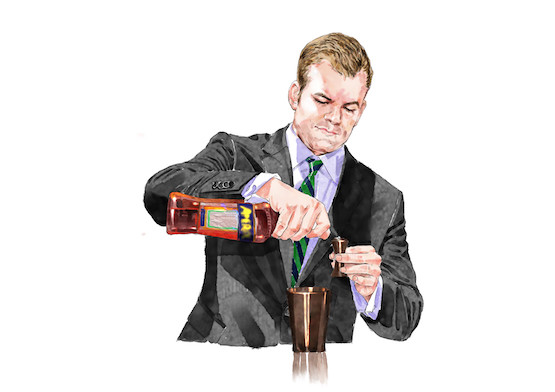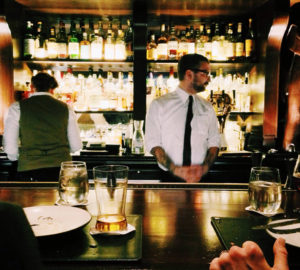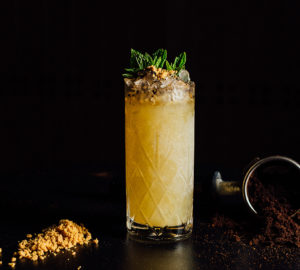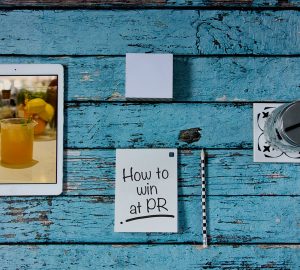The Nomad and Eleven Madison Park head bartender schools us on asking questions, collaborations and the misuse of tools. By Jonathan White.
What skills do think are still missing among bartenders?
I see a lack of fundamentals in bars around the world. Take shaking and stirring. Do you know why and when? Bartenders learn how but they do not learn why they are doing something. You can’t create cocktails without knowing this. They also do not ask questions. Do you understand your ice through the shift? Do you modify your stir, shake, swizzle, because of this? Ask, ask, ask – that’s the key to understanding and I “urge” my bartenders to understand.
What kinds of questions should bartenders be asking?
How to be consistent. In syrups, for example, the key to making them the same is to weigh them. Use a refractometer to find the sugar density of your syrup. I carry mine everywhere because simple syrups differ in the way sugar is milled around the world. Another question: do you know how to use that equipment properly? I know someone very famous who was using a piece of equipment all wrong and they were essentially infusing the solids with the liquid and not the other way around. Understand the way ice works. Learn the way it changes when you shake or what you want to do with that cocktail, and adapt accordingly. Ask about mixing – are you adding aeration into the chill by shaking, or diluting and mixing by stirring? A shake mixes ingredients of different densities and ingredients that are strong in flavour. You can mute them by adding air.
Is there a way to train staff to know what knowledge they should be looking for?
Have training or service manuals at your bar. At Nomad, we have 12 rules for round building. Pull and prepare garnishes, that’s step one. Step two, build all of your drinks in the appropriate shaker or mixing vessel. Step three, get your glassware, and so on until step 12: go for numerous shift drinks after service. I typically prefer whiskey. Follow the steps so even if you have to stop to talk to people, you know where you are when you come back. The bar manager also knows where you are if they need to step in to finish the drinks off. And everyone, and I mean everyone, starts as a barback. They need to understand the roles so they can help. I stand behind people from day one and correct them, in every training from the first day. It stops bad habits from building. There’s also two-way feedback after each training, what you did you right and what you did wrong and then you tell us how you feel.
Why is such collaboration important?
How can I be a mentor if I don’t give you a voice? How can I teach you if I’m only teaching and never learning? There are many bar programs where one person is running the show and everyone else is the mentee. We should be collaborating and competing instead. I don’t see this happen often. Go to bars. Be inspired. Tell others. Tell people at your bar and tell people at other bars. Share recipes. In New York City ten years ago there was no collaboration but now there is. We collaborate with glassblowers, with chef, with magicians – we have a magic show.
For a craft cocktail bar, you’re extremely high volume. How do you maintain quality while keeping up with demand?
All stations are set up exactly the same. Everything has a home. We make 1,000-1,600 cocktails a day. If a drink takes more than seven minutes then it’s “comped” and we’re apologising. It’s important to get your bar design right. We were lucky enough to build from scratch but even still I had to go and buy hooks and screw them into the bar at each station to hang tools from. There’s a rinser well to keep the tools and they drip dry when they’re hanging. There’s no turning around or bending down. Everything has a mise en place. We also batch drinks. Batching, it’s not a dirty word, but we never batch a full cocktail. We do batch spirits and we only batch stable ingredients like syrups and infusions. This works over jigging a la minute because jigging small ingredients means there’s more room for error. For example, when pouring 60ml of a batch you could be 2 or 3ml off, but if you’re jigging four 15ml pours and you’re couple of millilitres off each time, then you could be 10ml off in your drink. But don’t batch anything perishable. Nothing with a shelf-life. And taste every batch and syrup before every shift.
What is the most important thing to keep in mind when you’re behind the bar?
Bartenders sometime forget this, but we’re not serving cocktails, we’re serving people. There are no stupid orders. People can have what they want, and social media means that a bad experience is shared really quickly. We take notes on all of our guests and we modify their experience for their next reservation. Are they left or right-handed, for example, so we can serve them that way next time. We have nightly bar logs that keep track of things that we should know. Things that could have gone better and things that we did really well.
Is this a style of service that’s limited to you, or do you see it elsewhere in the US?
Prohibition stopped good bartending in the US, but it didn’t stop us from giving good service. New York City’s bartending revival started with stirred, boozier drinks and recipes from the past. It’s a bit geekier than San Francisco, which used their fresh produce and created drinks that are citrus based. But all of the States is service-driven because of tips. We never lost that service culture, just the bartending.
This article first appeared in Issue 43 of Drink Magazine.








